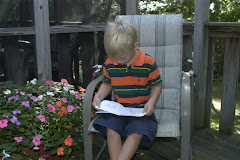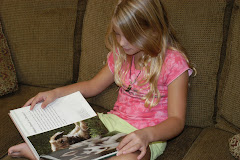Weaving
Weaving is Lamb’s 5th step in the informational elements. The process of weaving connects pieces of information by finding common strands of ideas and thoughts, weighing the most pertinent information, and summarizing research results. Brenda Spatt (2002) (The Blue Book, p. 544) outlines steps for synthesizing information:
Chart common Ideas. This is done by putting sources with similar ideas together.
Distinguish between resources. Find overlaps in coverage, opinion, or findings or establish two separate areas.
Sequence of topics- key topics will direct relevance and most captivating points.
Based on this, I went through resources and asked myself, where are the places that give me the most useful information? How do I sift through these resources? One consideration is to only online types of materials since they are easily accessible to teachers. I also clumped ideas into similar ideas and came up with a list of 10 critical factors of research-based reading programs.
1. Practice and give opportuniies for use oral language.
2. Practice and give opportunities to print.
3. Provide opportunities for children to listen to read-alouds daily.
4. Develop an awareness of use, purpose, and function of print.
5. Develop a phonemic awareness of spoken language.
6. Establish relationship between spoken and written language.
7. Establish decoding strategies.
8. Develop familiarity of spelling patterns.
9. Provide opportunities for reading decoding stories.
10. Select wide variety of books and materials.
From this list, I will add and assimilate specific articles and research. This serves as the skeleton where I refine resources on further selection by relevance and most persuasive evidence to support my purpose - research-based methods for teaching early literacy.
Tuesday, October 2, 2007
Subscribe to:
Post Comments (Atom)



No comments:
Post a Comment